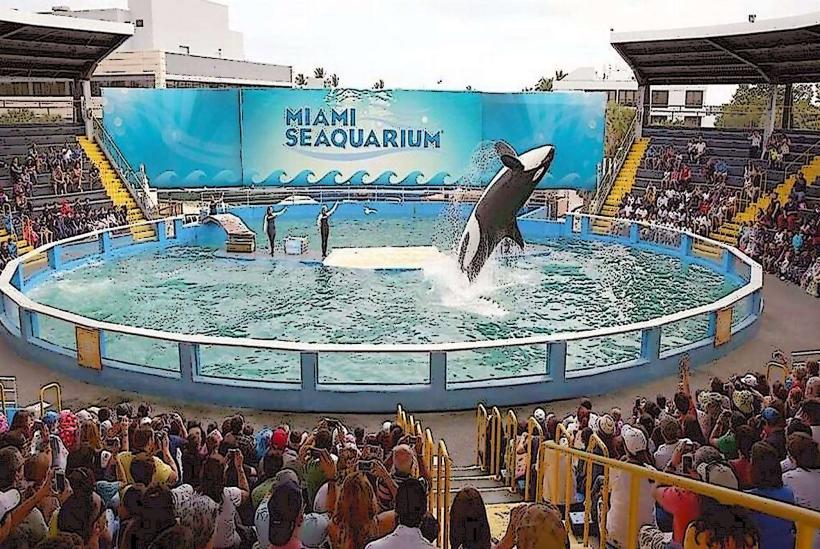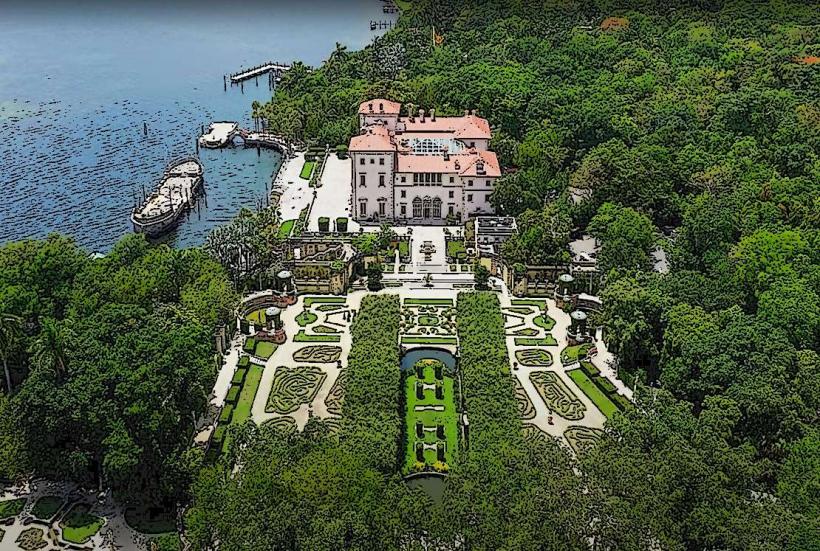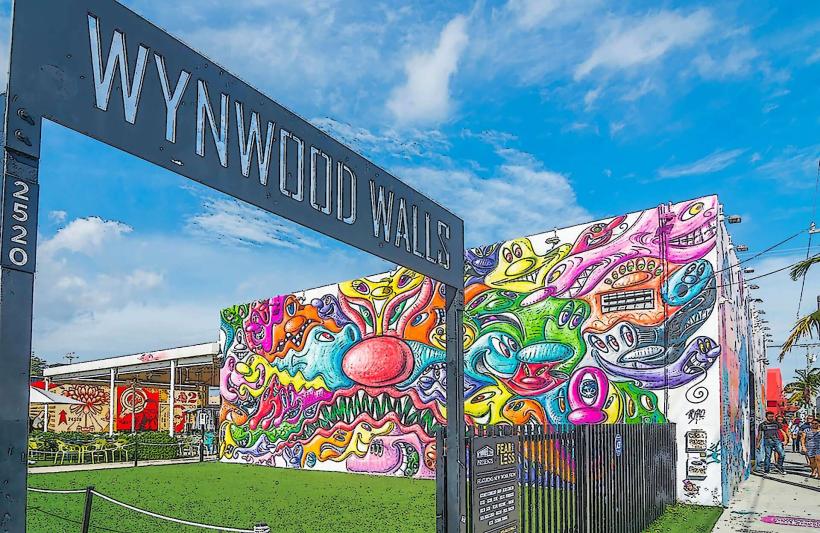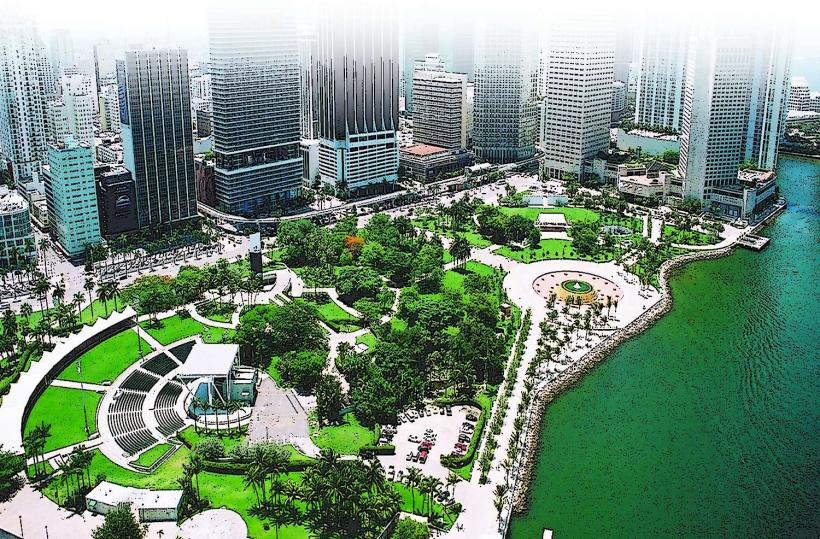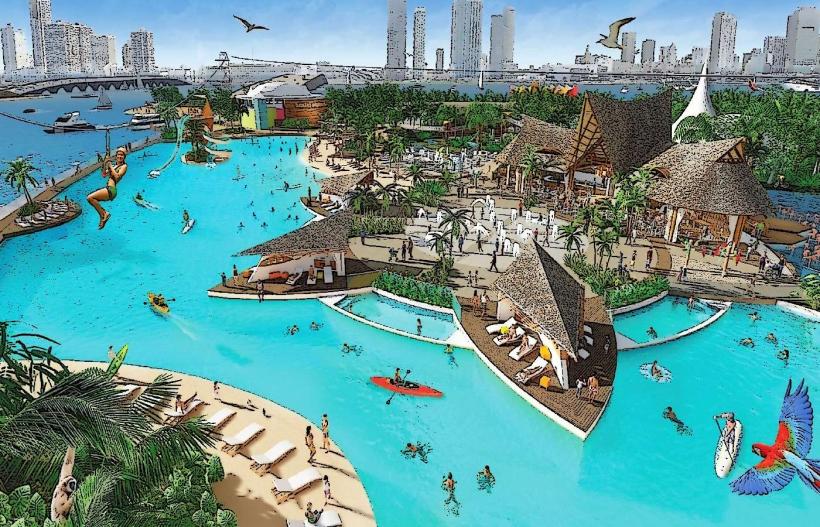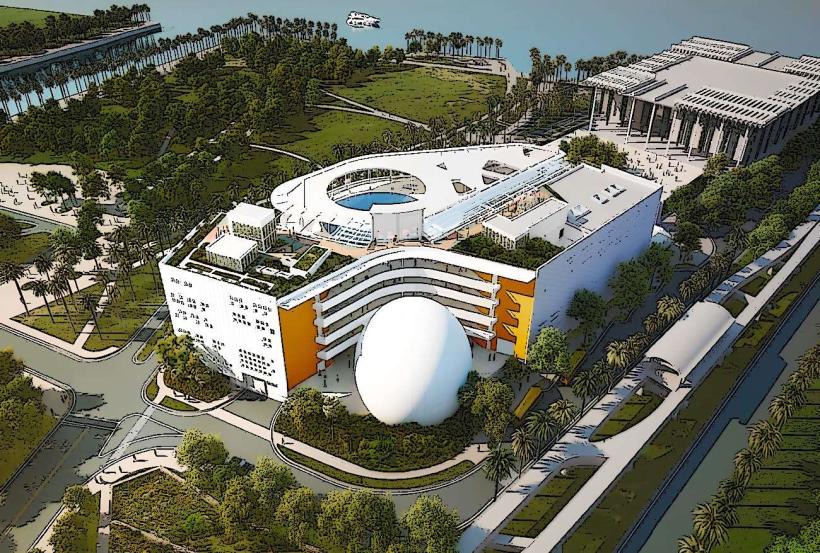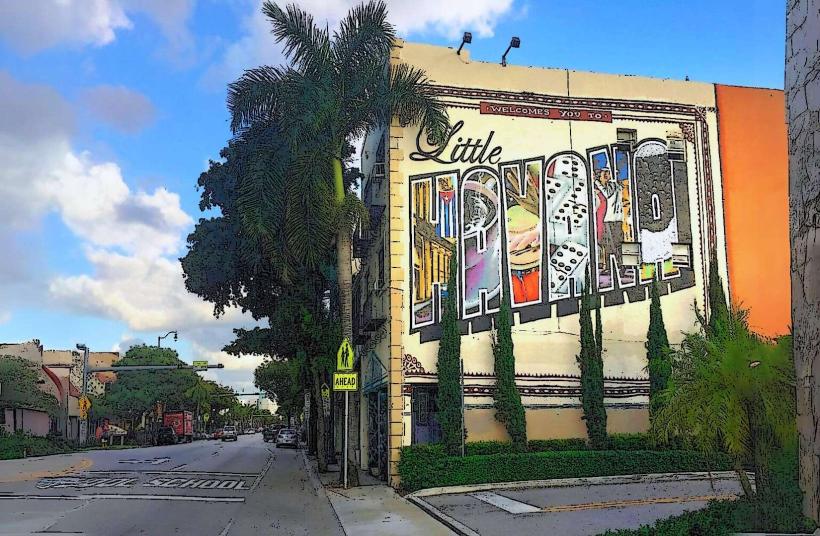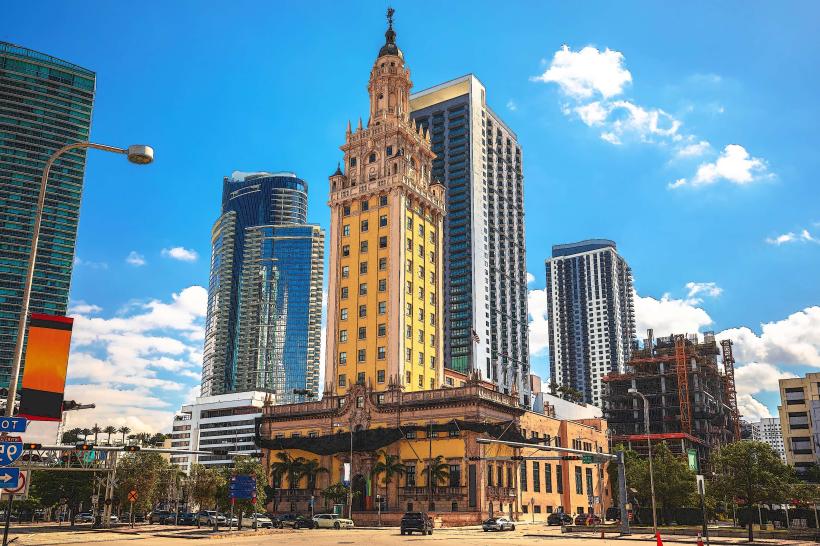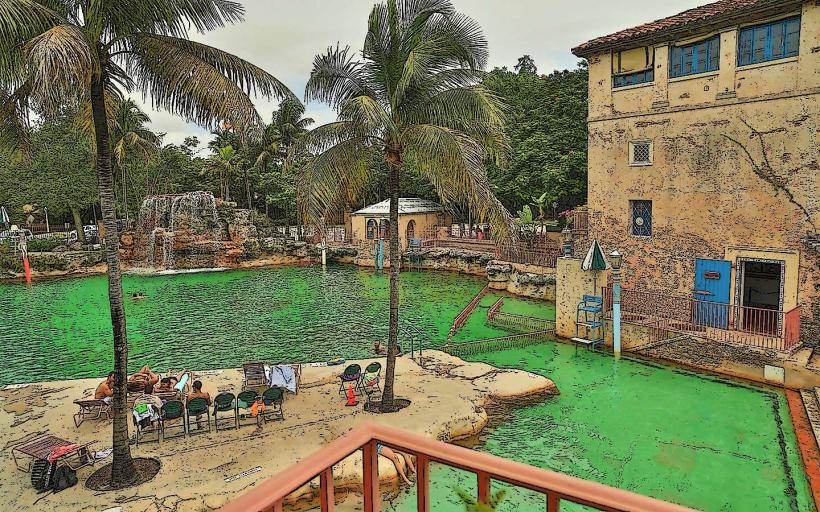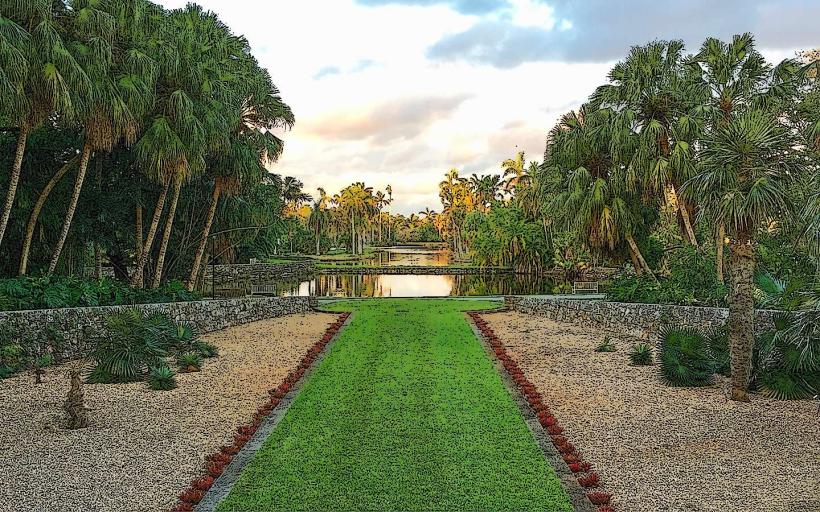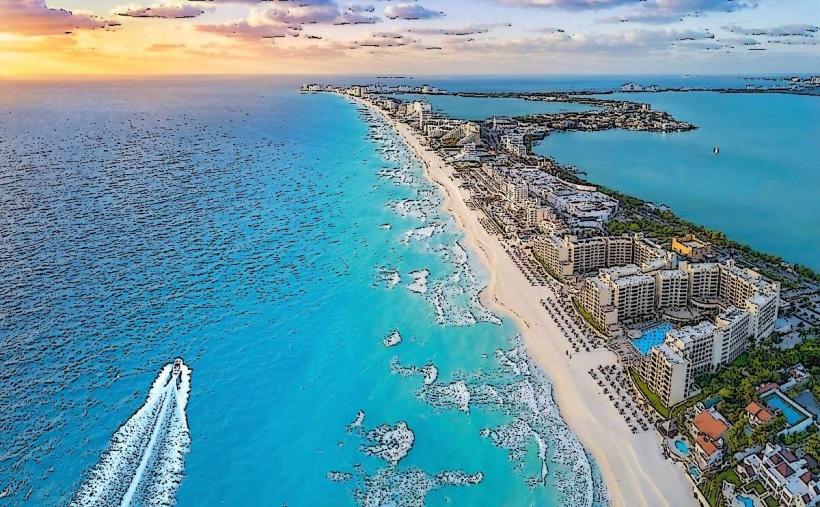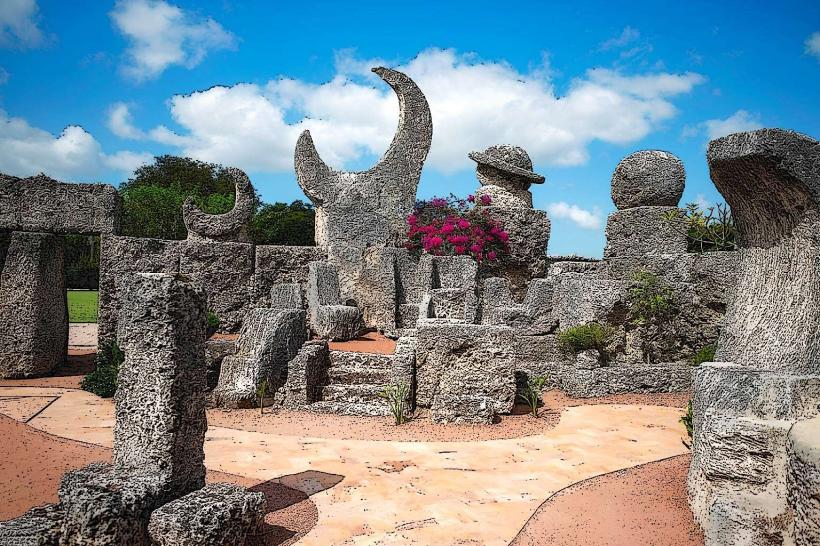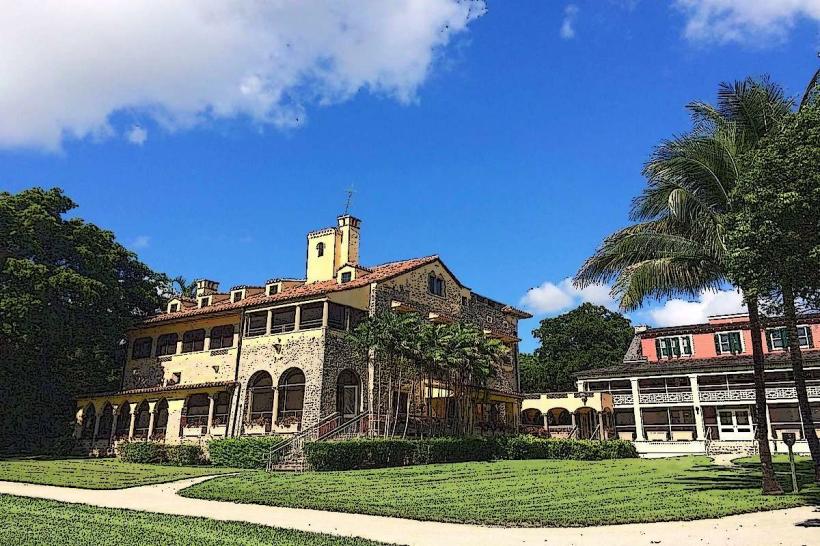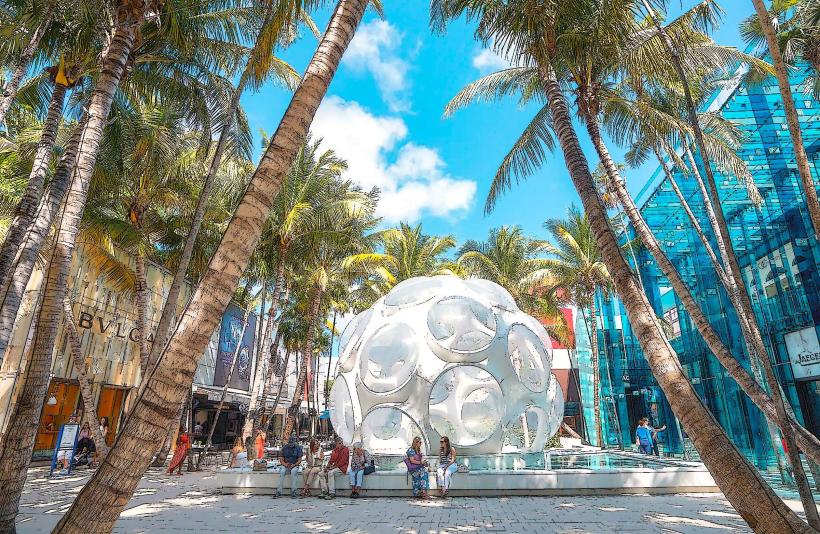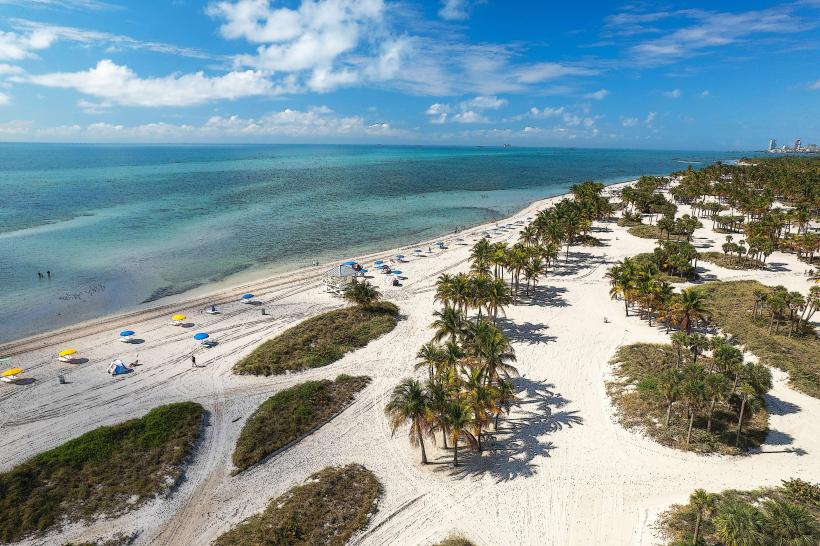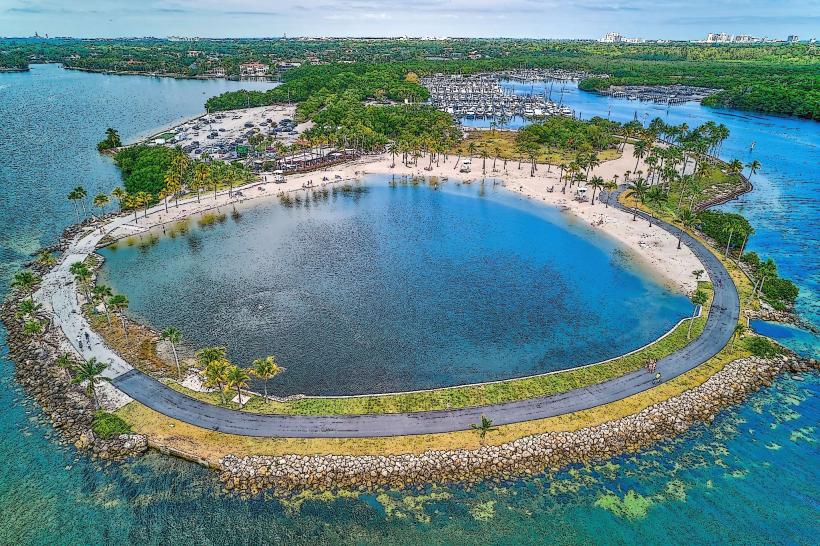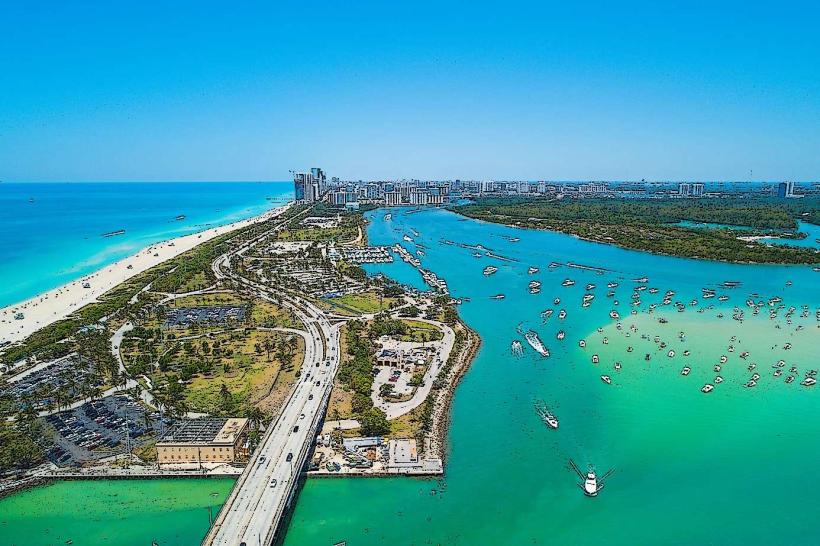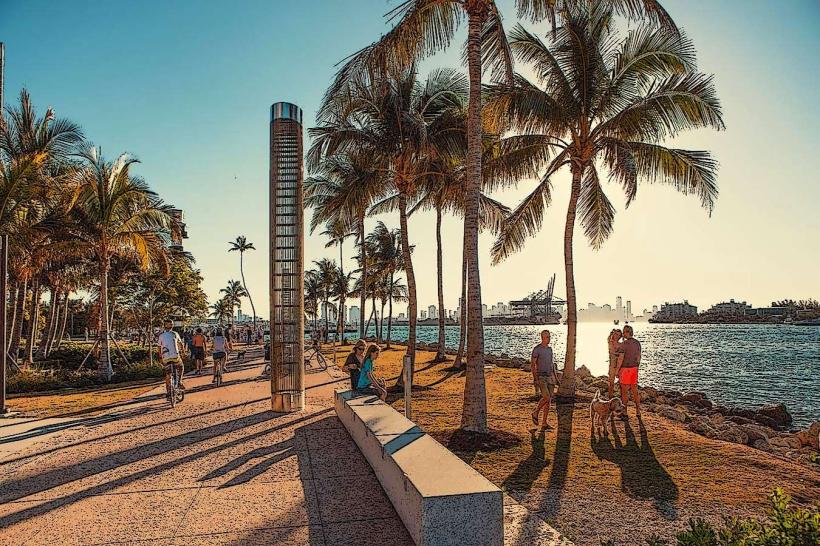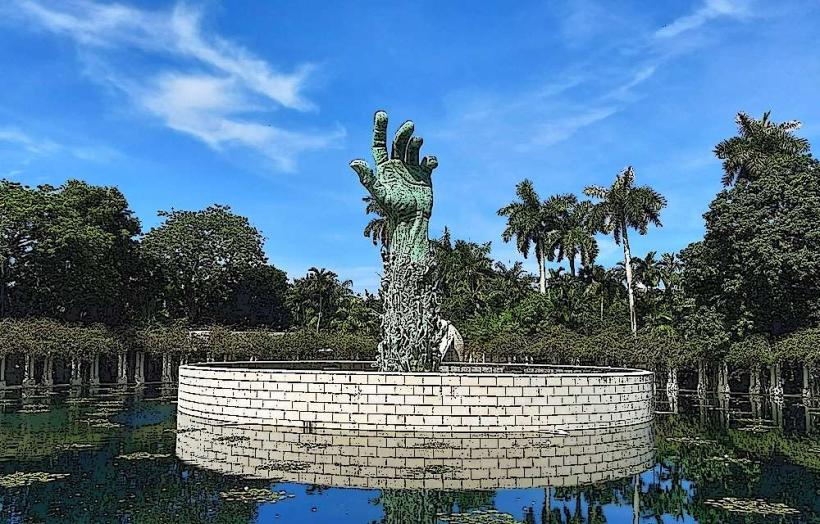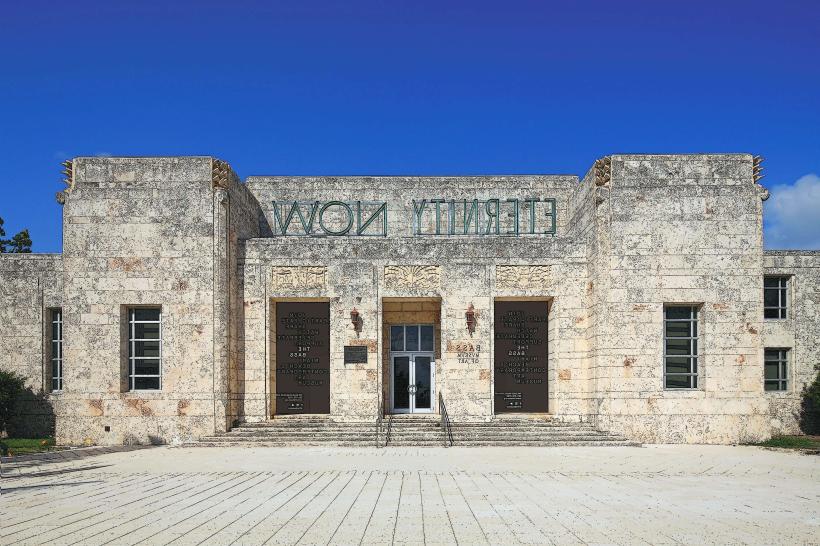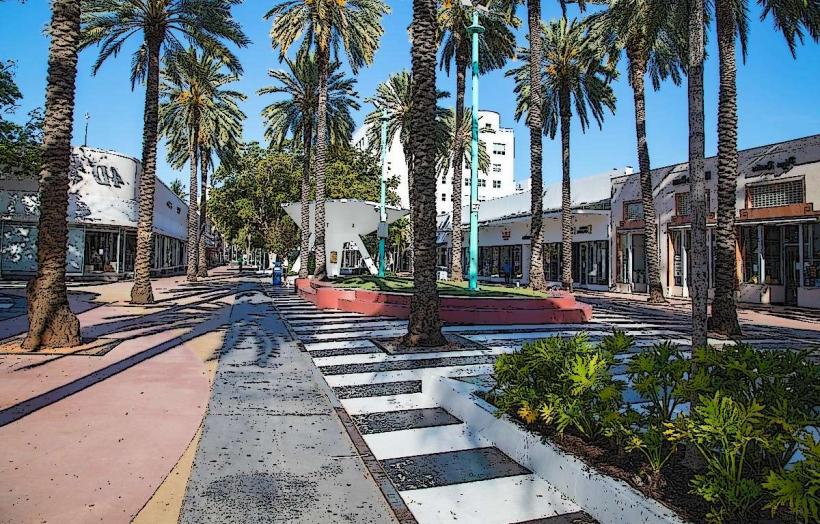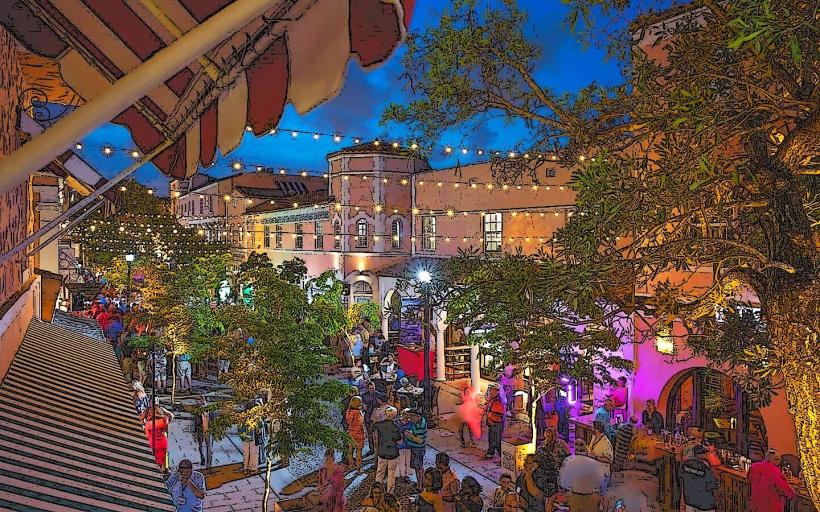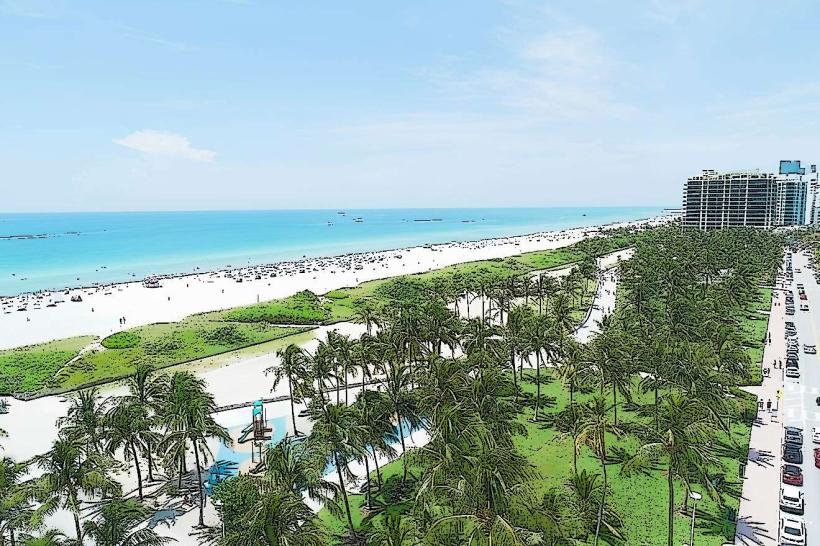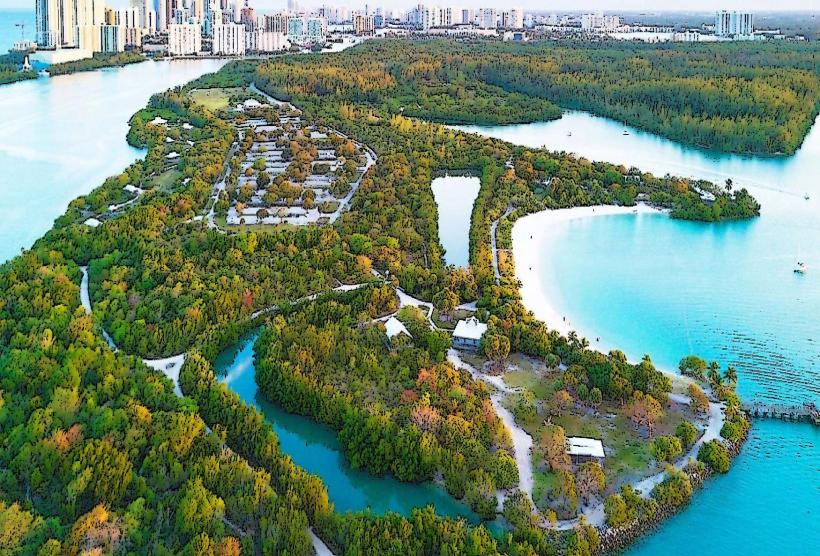Information
Landmark: Pérez Art Museum Miami (PAMM)City: Miami
Country: USA Florida
Continent: North America
Pérez Art Museum Miami (PAMM), Miami, USA Florida, North America
The Pérez Art Museum Miami (PAMM) is a leading museum of modern and contemporary art, located in downtown Miami along Biscayne Bay. It's known for its cutting-edge architecture, global art collections, and its role as a cultural anchor in South Florida.
1. History and Development
Founded in 1984 as the Center for the Fine Arts, the institution originally focused on traveling exhibitions.
Renamed the Miami Art Museum in 1996 to reflect its growing focus on building a permanent collection.
In 2013, it moved to its current location and was renamed after real estate developer and philanthropist Jorge M. Pérez, who donated $40 million in cash and art.
The move signified a shift toward international recognition and deeper community engagement.
2. Architectural Design
Designed by Herzog & de Meuron, the Swiss firm that also designed the Tate Modern in London and the de Young Museum in San Francisco.
The building reflects Miami’s tropical climate with features such as:
Suspended gardens (by botanist Patrick Blanc)
Open-air verandas and shaded terraces
Sustainable design that includes storm resilience, cross ventilation, and hurricane protection
The museum is elevated to reduce flooding risks and to offer panoramic views of Biscayne Bay.
3. Art Collection
PAMM’s permanent collection includes over 3,000 works of modern and contemporary art, with a particular focus on:
Art of the Americas, including Latin American and Caribbean artists
African Diaspora art, connecting Black cultural histories across continents
International contemporary art, particularly from the 20th and 21st centuries
Some featured artists in the collection include:
Wifredo Lam – Cuban modernist with Afro-Cuban surrealism influences
Kiki Smith – American feminist and conceptual artist
Mark Bradford – Known for large-scale abstract collages
Beatriz González, Mickalene Thomas, Yayoi Kusama, Ai Weiwei, and many others
4. Exhibitions and Programs
Exhibits rotate regularly and feature both established names and emerging artists.
Notable past exhibitions include:
Ai Weiwei's "According to What?"
"The World’s Game: Fútbol and Contemporary Art", merging sport and global culture
Works by Teresita Fernández, Marisol Escobar, and José Bedia
PAMM supports video art, installation pieces, sculpture, painting, and mixed media
PAMM also runs:
PAMMTV – A digital platform for video-based artwork
Community outreach programs, especially for underrepresented youth and families
Art-making workshops, lectures, and cultural events open to the public
5. Facilities and Visitor Experience
Location: 1103 Biscayne Blvd, Miami, FL 33132
Hours:
Monday, Thursday to Sunday: 11 AM – 6 PM
Thursday: Extended hours until 9 PM
Closed Tuesday and Wednesday
Admission (as of 2025):
Adults: $18
Seniors, students, youth (7–18): $14
Children under 7: Free
Free admission every first Thursday and every second Saturday
Amenities:
Verde Restaurant: Waterfront dining with seasonal, locally sourced dishes
Museum Store: Art books, prints, jewelry, and Miami-themed gifts
Indoor and outdoor seating, sculpture garden, and shaded seating areas
Accessibility:
Fully ADA-compliant
Accessible via Metromover (Museum Park Station)
Paid parking available at the adjacent garage
6. Cultural Significance
PAMM is a key institution in Miami’s arts ecosystem, helping position the city as a global cultural hub.
It is particularly committed to diversity and inclusion, with a mission to reflect the pluralism of South Florida’s community.
The museum plays a major role during Miami Art Week and Art Basel Miami Beach, hosting international visitors, artists, and collectors.
7. Surroundings
PAMM sits within Maurice A. Ferré Park, with walking paths, green space, and views of cruise ships and the Port of Miami.
Adjacent institutions include:
Frost Museum of Science
Adrienne Arsht Center
Proximity to Wynwood and Design District
Summary
Pérez Art Museum Miami is more than just a gallery—it’s a center for cultural exchange, innovative design, and community engagement. With its bold architecture, inclusive programming, and focus on global modern art, it has become one of Miami’s most important and inspiring landmarks.

